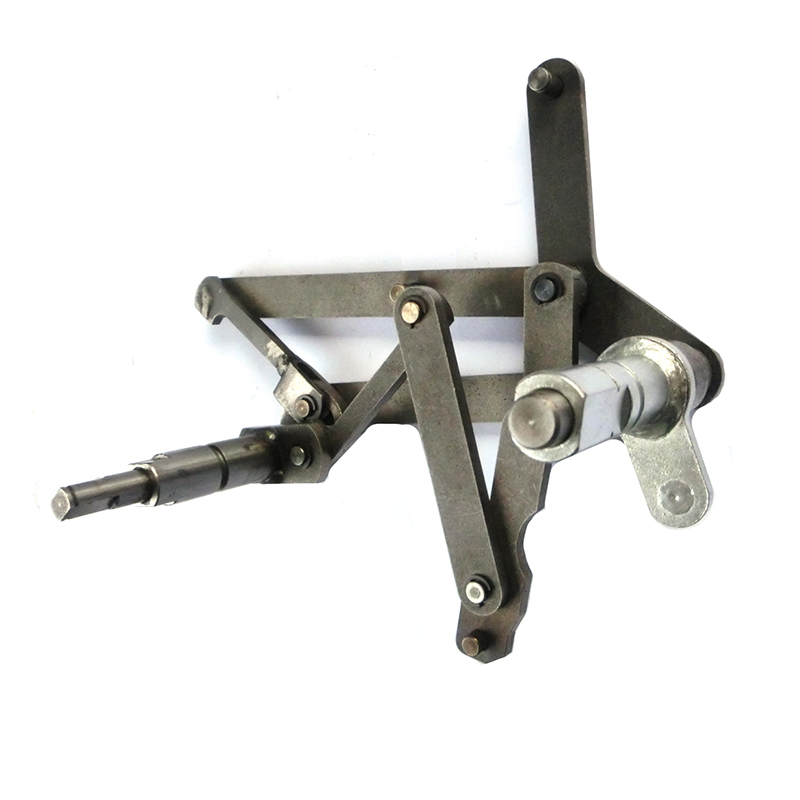PRODUCT
| Product Introduction
linkages in a tractor serve various functions, including power transmission, implement attachment, control systems operation, steering, suspension, and safety. Proper maintenance and adjustment of these linkages are essential for ensuring the safe and efficient operation of the tractor. We ensure that the tractor linkage runs smoothly during machine operation through CNC manufacturing, welding, assembly, and other processes.
Power Transmission: Tractor linkages play a vital role in transmitting power from the engine to other components such as the transmission, hydraulic system, and power take-off (PTO). For example, the clutch linkage connects the clutch pedal to the clutch mechanism, allowing the operator to engage and disengage the transmission from the engine.
Implement Attachment: Tractors are often used with various implements such as plows, mowers, and loaders. Linkage systems, such as three-point hitches, are used to attach these implements to the tractor. These linkages allow for easy attachment and detachment of implements and provide stability and control during operation.
Steering: Linkages are essential components of the steering system, transmitting motion from the steering wheel to the front wheels. The steering linkage includes components such as tie rods, drag links, and steering arms, which work together to turn the front wheels in response to the operator's input.
Suspension: Some tractors are equipped with linkages in the suspension system to provide stability and smooth ride comfort. These linkages may include components such as sway bars, stabilizers, and shock absorbers, which help control the movement of the tractor's chassis and reduce vibrations and jolts.
Safety Features: Linkages can also be incorporated into safety features such as roll-over protection systems (ROPS) and seat belts. These linkages are designed to provide structural support and help keep the operator safe in the event of a rollover or accident.
| Inquiry
What Can We Do For You

